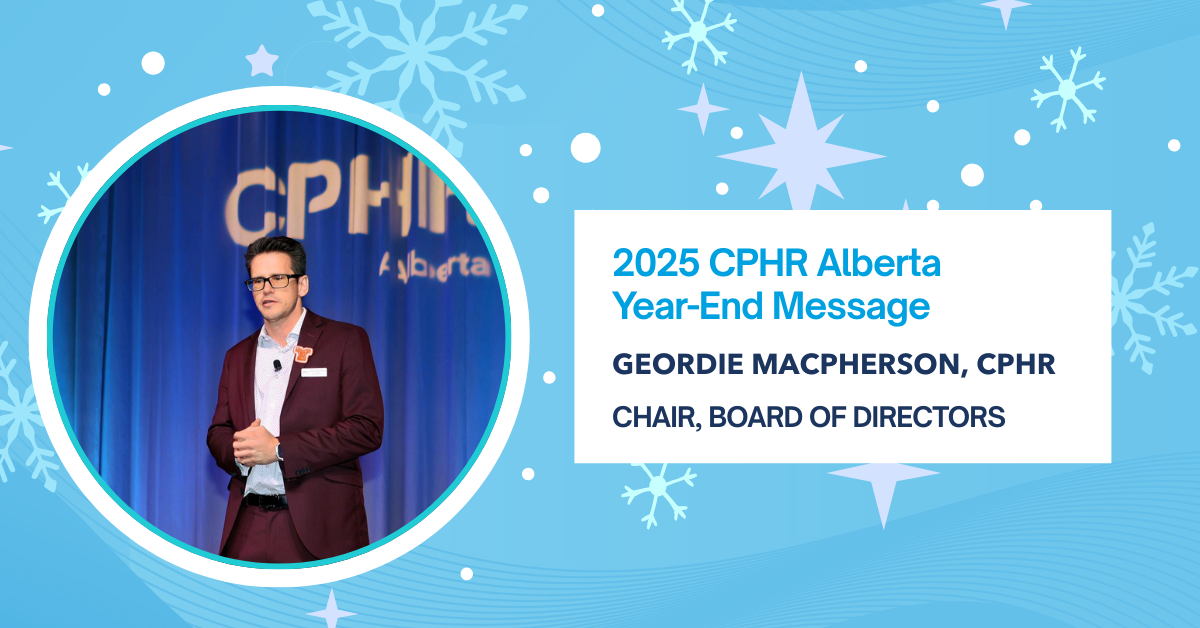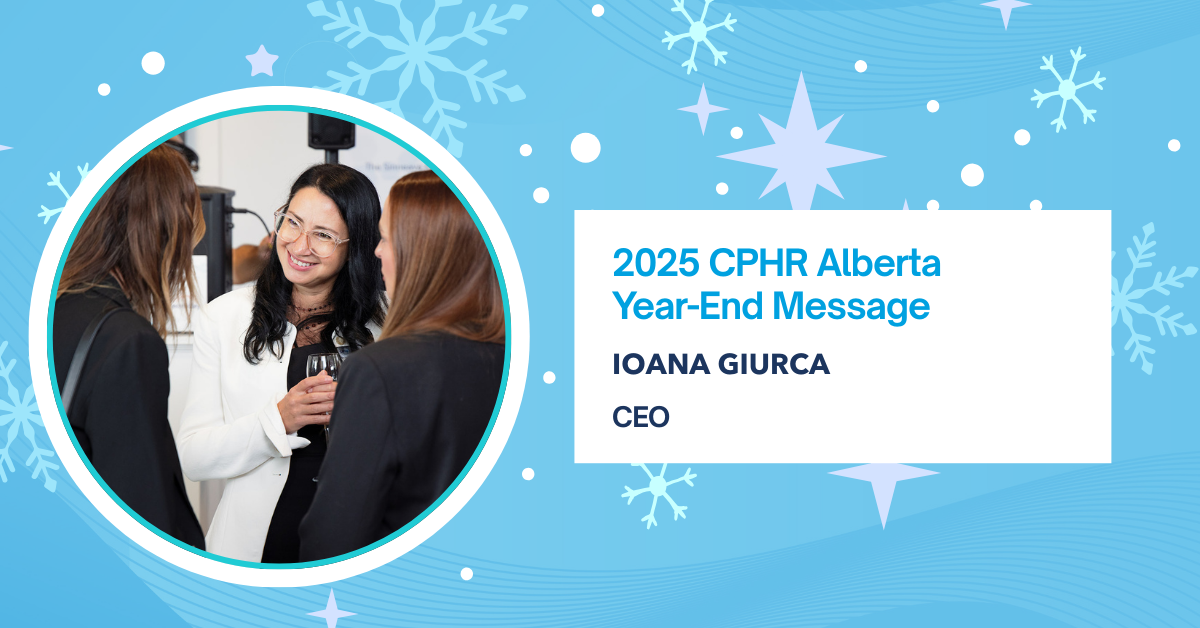
Inclusive Language: What Is It and How Does It Impact My Workplace?

Author : The Medicine Hat Champter Committee
It’s 2022, the world around us is constantly changing, and not all changes are caused by the COVID-19 Pandemic. Inclusive language is a prominent example. While some organizations have taken steps to release guidelines or expectations to employees or students, others appear indifferent. Is there a right and a wrong to this discussion? Is it better to assume employees will apply the principles of respect, or does the topic require a more directive approach? Unfortunately, there is no perfect answer, and our society will likely misfire more than once trying to get to the right approach.
The term “preferred pronouns” has become part of our everyday language. For example, there has been a marked increase in people including their pronouns in email signatures and when introducing themselves in meetings. Of course, some feel these efforts are unnecessary. Still, when receiving an email from someone with an androgynous name like “Ashley,” it helps to read that Ashley prefers he/his/him before assuming the sender is female.
Gender-neutral language is becoming the standard for policies and other workplace documents. The Department of Justice 1 explains that “[g]ender neutrality is important when writing about people because it is more accurate – not to mention respectful.” “It is also professionally responsible and is mandated by the Federal Plan for Gender Equality , which was approved by the Cabinet…in 1995.” Therefore, gender-neutral language is not new; it has just taken over 25 years for workplaces to comply.
For example, how often have you heard these phrases in your everyday work interactions? “Good job, guys,” “ladies and gentlemen,” “Grandfathered,” and “what’s your maiden name?” These terms are used regularly and often without thinking. They are patterns of language that we may not even be aware we are using.
It’s a good idea to take a moment and think about all the times in our day where we might be using terms that perhaps are exclusive, micro-aggressive, or even downright offensive.
Using acronyms can also be a way of excluding others. Some individuals may not understand the context, and acronyms may be used to create an “in-crowd.” Consider how you felt when you were new to your role. Acronyms were likely being used, and you had no idea what others were saying. Until you did. When using acronyms, think about others that may not understand the term and explain it long-hand. There may even be some longer-term employees who are afraid to ask and don’t understand the acronyms.
Inclusive language goes beyond emails and face-to-face interactions. How long has it been since you reviewed your organization’s documentation for inclusive language compliance? You might be surprised by how much still contains gender-based language or phrases that indicate gender bias. Are you using terms and references that not everyone understands? For example, do your documents refer to older adults as “the elderly”? What about “man-hours”? Are your dress codes outdated? Is your organization’s documentation gender-neutral and fair, does it account for religious and cultural dress, and is it compliant and inclusive of protected grounds? The language we use is not intended to exclude a person or a group, but it may have that effect. Inclusive language avoids offensive and negative expressions and shapes a supportive culture and healthy communications.
Beyond organizational mandates, inclusive language is about caring enough for others to avoid marginalization. In the worst form, we marginalize when we demean others or use inflammatory language that offends someone at their core. For example, a Medicine Hat Chapter Committee member states, “in 2020, I began wearing a mask prior to the mask mandate because a friend was concerned for her health. Listening to and respecting what she and others were experiencing provided the motivation to help lessen their risk.” Similarly, avoiding demeaning language, whether intentional or not, shows respect. We won’t be perfect in our efforts but starting with ourselves is the critically important first step.
1 “Legistics – Gender-neutral Language.” Department of Justice , 1 Jun. 2020. www.justice.gc.ca/eng/rp-pr/csj-sjc/legis-redact/legistics/p1p15.html . Accessed 7 Dec. 2021.
The views and opinions expressed in this blog post belong solely to the original author(s) and do not necessarily represent the views and opinions of CPHR Alberta.
The views and opinions expressed in this blog post belong solely to the original author(s) and do not necessarily represent the views and opinions of CPHR Alberta.





